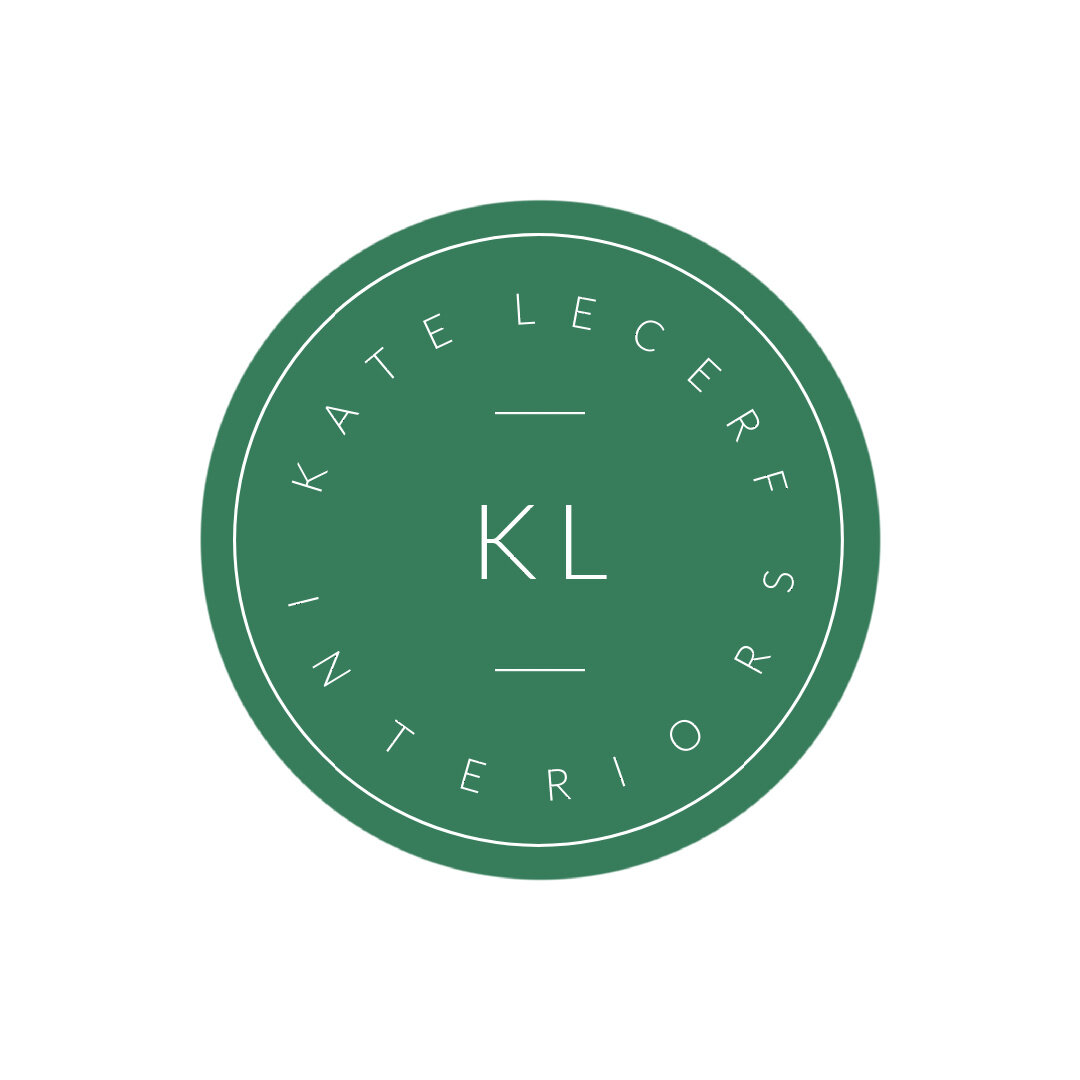Top 6 Tips for Hiring and Working with a Designer/Decorator
I thought I would share some tips with you if you are thinking about hiring a designer or currently working with a designer. If you’ve never hired a designer before, there are some things that you should know. These tips are meant to help smooth out your process, relationship and give you the best outcome for your project.
Do your homework.
Don’t just google “designer near me” and hire the first one you find. This should go without saying, but people do it. Look at the designer’s website. Look at their photos. Check out their social media. Follow them to see if you like what they’re posting. An Instagram or Facebook page can tell you a lot about a designer. Do you like their style? Do you like their personality? Are they current with their accounts? Most designers offer a free discovery call. Take advantage of this. This is a chance to speak with them on the phone so you can see if you think you will be a good fit for each other.
Start with a consultation.
Before committing to work with a designer, you should always begin with a consult. All designers charge a fee for this service and here’s why. A designer will come to your home and essentially talk you through their creative visions while they’re there. They are giving you expert advice, ideas and solutions to problems. Most designers take some measurements while they are there and also summarize what was discussed so you have a plan for moving forward. After my consultations, I also present two moodboards that act as a visual so that my clients can see what my visions are for their space more clearly. This takes time. Whatever your designer’s hourly rate is, consider that you’re probably getting this service for half price if you take into account the time the designer actually spends on a consult. Keep in mind, during a consultation, a designer is interviewing you just as much as you are interviewing them. Not every client is ideal for a designer to work with and we’re looking for specific red flags just as you are during a consultation.
Do not proceed without a contract.
Your designer should always have a contract in place for anything that requires a service beyond a consultation or basic eDesign service. The contract protects both you and the designer in case anything doesn’t go perfectly. Designers are not responsible for work that contractors do and generally this is the main reason why the contract is in place. A proposal and estimate is usually presented with a contract, so you know what to expect as far as investment goes and the designer’s scope of work. Not sure exactly what your contract is saying? Go through the contract with your designer and ask questions.
How much does a designer cost?
Well, it really varies a lot. It depends on experience, location, size of the firm and availability. Most designers I find do not include their fees on their website. You need to inquire with them to find out. I don’t do this. My fees are listed on my website for you. I believe in being transparent and as a consumer myself like knowing what to expect up front with cost. If a designer is less expensive compared to others, it does not mean they are not good. It usually means that they are newer to the business and still gaining experience or they are working with more clients on a budget rather than luxury. Makes sense, right? That said, please to do devalue your designer. If you are sick, you go to a doctor. It can cost hundreds per hour. If you need legal advice, you spend hundreds per hour for their expertise. If you want a good hairstylist, you’re going to pay for their experience and knowledge. A designer is no different. Designers are creatives. You are paying for their knowledge of design concepts, color expertise and industry experience. These are things you can’t do on your own, so you pay an expert.
Get to know your designer.
Form a good relationship with them. Depending on the depth of the project, your designer should be someone you are regularly communicating with. Without proper communication, the project will NOT be a success. This communication goes both ways. You should be asking any question no matter how silly they seem. You should be specific and realistic about your budget and know what your goals are. You can not possibly give your designer too much information about your likes/dislikes, your needs for the space, your style preferences and goals for the project. This relationship is really the #1 key to a successful experience. If you leave your designer in the dark, you are setting yourself up for surprises at your expense you may not like.
Trust your designer.
This part is huge! This part also comes with communication. If you have communicated well, you have no reason not to trust your designer. Your designer knows what will look good in your space. Your designer has studied the history of design concepts, architecture and furniture. Your designer stays up to date with new industry products and trends. Your designer knows what materials are timeless and will give you longevity. Your designer knows how your furniture should be placed for optimal usage and comfort. If you do not trust your designer, the project will not go well. You will either start making decisions on your own, thus undermining your designer or you will end up with regret at the end.

